We have much more to do and your continued support is needed now more than ever.
Nine Wildlife Wins in 2020
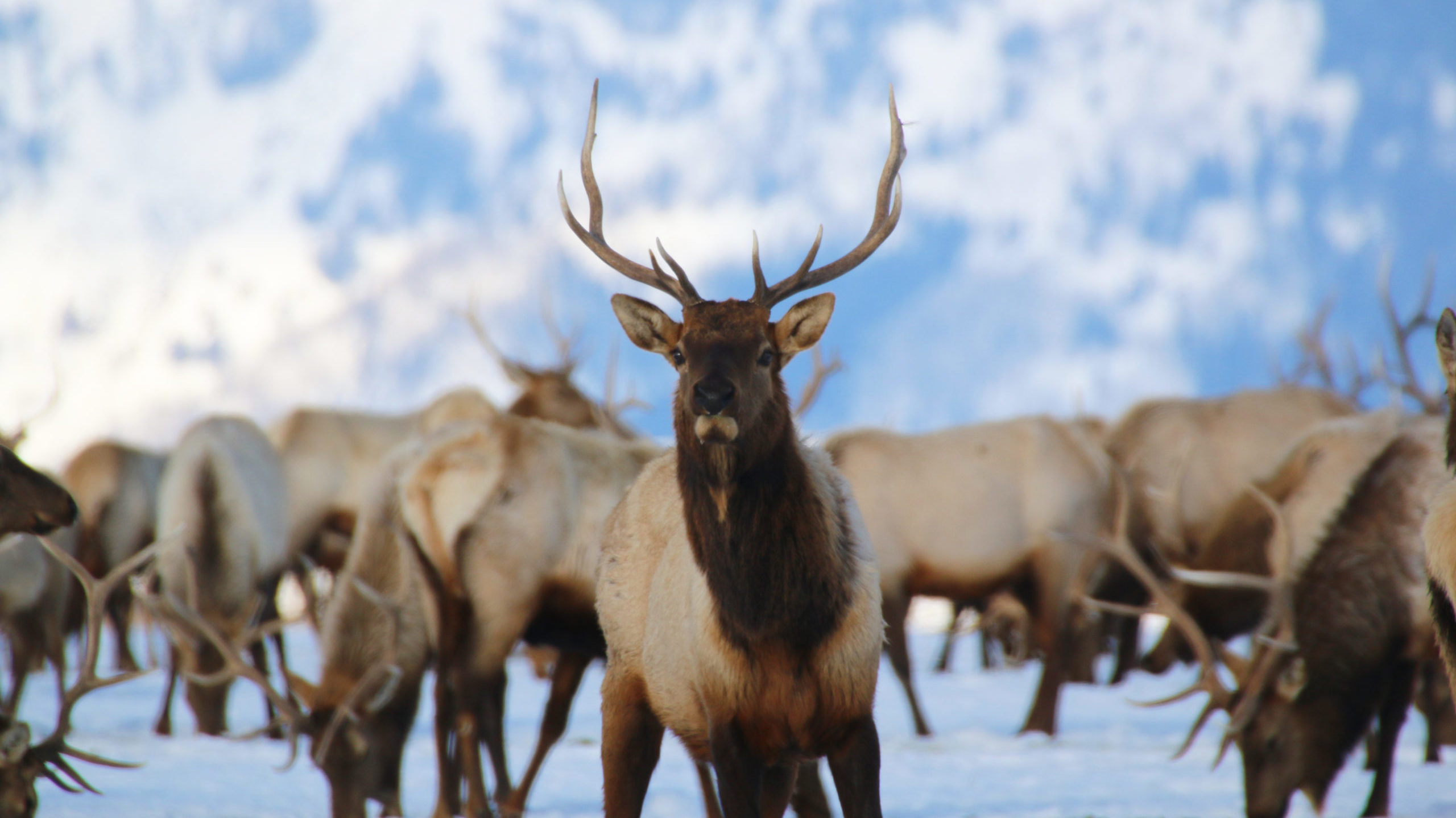
It’s true that the past year has been dominated by headlines of gloom and doom. The disruption, uncertainty, and extreme hardship that has resulted from the global pandemic and economic recession make most of us eager to put 2020 in the rearview mirror. But in the spirit of optimism, we should remember—and even celebrate—that the National Wildlife Federation and its affiliates were successful in advocating for significant protections for wildlife and wildlife habitat.
Here are nine wildlife wins from 2020.

The Great American Outdoors Act is a historic win for wildlife
Passage of the Great American Outdoors Act this summer ushered in a new era of public lands conservation that will benefit not only wildlife, but everyone who enjoys exploring our nation’s cherished landscapes. The centerpiece of the new law was permanent and full funding of the Land and Water Conservation Fund, which has helped establish parks, waterfront access, hiking trails, wildlife refuges, and much more all across the country.
Imperiled wildlife species, such as the Florida panther, have flourished in these areas. Often called America’s most successful land conservation program, the Land and Water Conservation Fund has been a top priority for the National Wildlife Federation for over five decades.
Safer passage for migrating mule deer
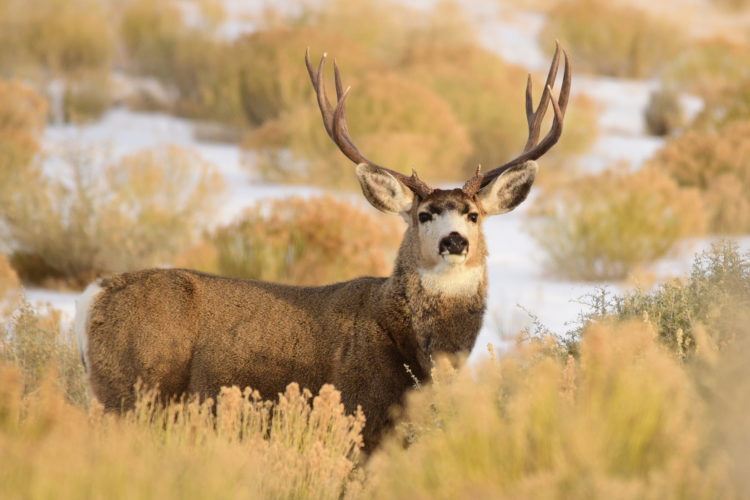
Thanks to a landmark executive order issued by Wyoming Governor Mark Gordon, important mule deer and pronghorn migration routes will be designated and protected from harmful development, which will help conserve these herds for future generations.
The executive order resulted after years of work by the Wyoming Wildlife Federation and conservation partners to promote science-based policies to maintain, restore, and reconnect large ungulate wildlife habitat. The governor formally designated three critical mule deer migration routes and authorized the formation of local working groups to help guide policy. The National Wildlife Federation’s own David Willms is working on the Platte Valley Mule Deer Migration Corridor.
Piping plover no longer imperiled by Great Lakes pipeline
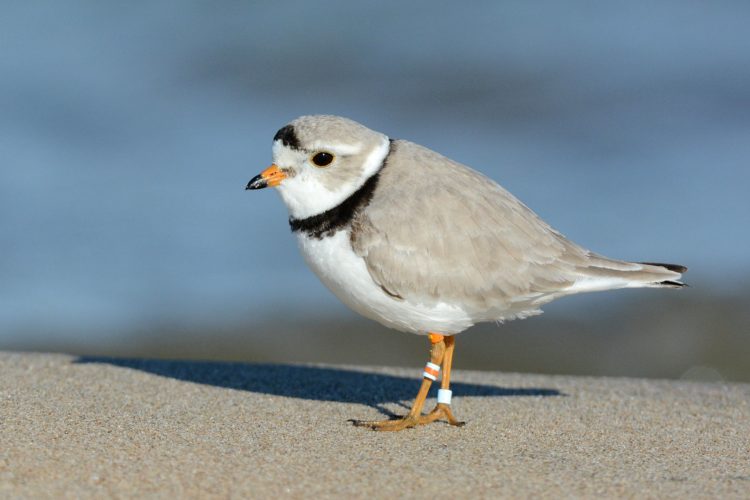
Michigan Governor Gretchen Whitmer’s decision to shut down the Line 5 oil pipeline, which threatened to spill millions of gallons of oil into the Great Lakes, was good news for the endangered piping plover. These shorebirds nest along the beaches of the Great Lakes in the area most threatened by a potential spill.
The National Wildlife Federation was the first organization to recognize the threat that Line 5 posed when it issued its landmark 2012 Sunken Hazard report. Since then, the Federation has partnered with numerous allies to bring continuous attention to the wildlife risks the pipeline posed.
Big news for bighorn sheep in Colorado

Just before Thanksgiving, the Colorado Oil and Gas Conservation Commission unanimously approved new rules that protect important wildlife habitat from oil and gas development. The regulations, which are likely to become a model for other Western states, protect the mating areas of bighorn sheep and prevent surface disruptions within 500 feet of aquatic high priority habitat.
The National Wildlife Federation and the Colorado Wildlife Federation worked together to make sure the commissioners heard about our wildlife habitat concerns.
Recovering Western monarch butterflies in California
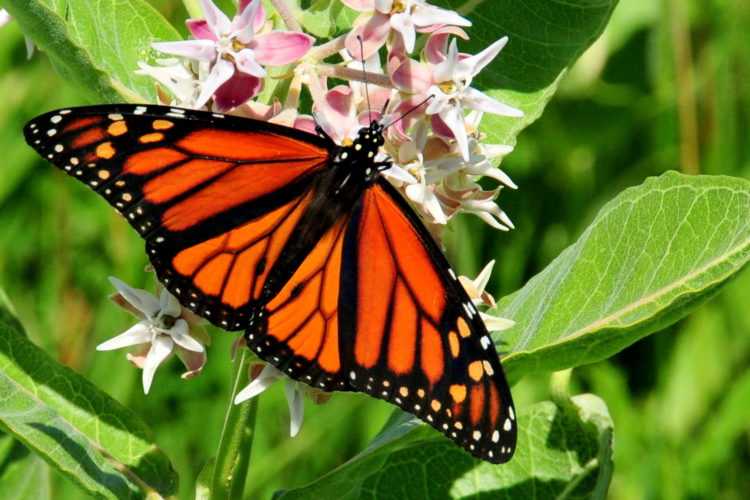
California Governor Gavin Newsom’s executive order to conserve and restore 30 percent of the state’s lands and waters by 2030 is designed to combat climate change while recovering hundreds of imperiled wildlife species, including the western monarch butterfly. California is leading the way for other state and federal officials to act on climate change by restoring public waters, forests, wetlands, grasslands and coastal areas.
The National Wildlife Federation has worked closely with Governor Newsom and other leaders in California on this and other initiatives which will restore and connect wildlife habitat to address our biodiversity crisis.
An ACE in the hole for elk, deer, and moose
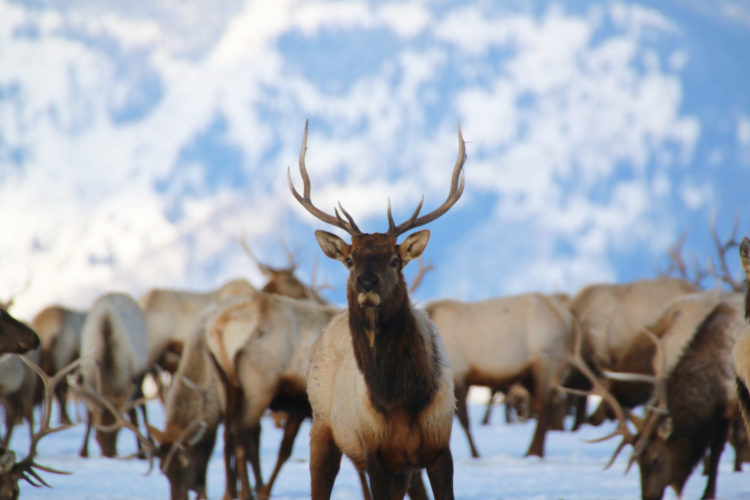
America’s Conservation Enhancement (ACE) Act was enacted with overwhelming bipartisan support this fall, in a giant win for wildlife and America’s sporting traditions. The ACE Act provides money for chronic wasting disease research, which will benefit elk, deer, and moose populations. It also invests in wetlands, fisheries, and habitat restoration projects in the Chesapeake Bay and throughout the country.
The National Wildlife Federation and its affiliates advocated for years to get these provisions through Congress.
Protecting Great Lakes native fish from invaders
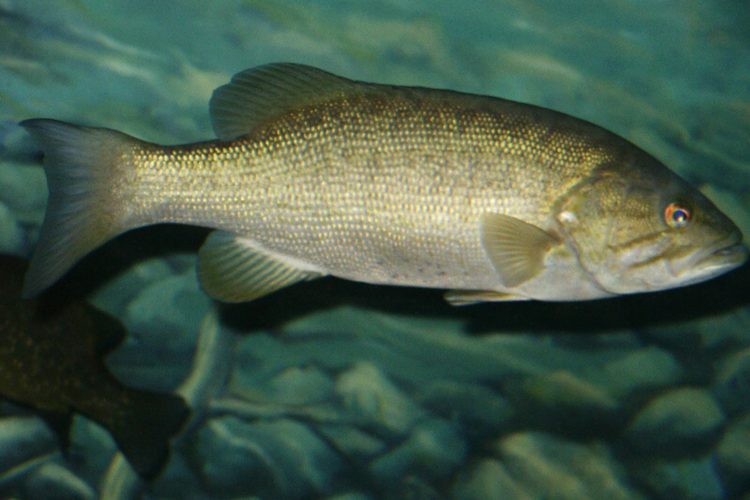
Congress is poised to pass legislation that will authorize the Army Corps of Engineers to rebuild the Brandon Road Lock and Dam in Illinois to stop Asian carp from invading the Great Lakes. Asian carp, a group of invasive fish that pose serious threats to native fish such as walleye and smallmouth bass in part due to their flexible diet.
Earlier this year, the Michigan Legislature voted to provide $8 million in supplemental funding to contribute to the Brandon Road project. The National Wildlife Federation and its affiliates have been instrumental in advancing solutions to address the national problem of invasive Asian carp. Learn more about this project and the issue of Asian carp by watching our film, “Against the Current.”
U.S. banks pledge to protect polar bears
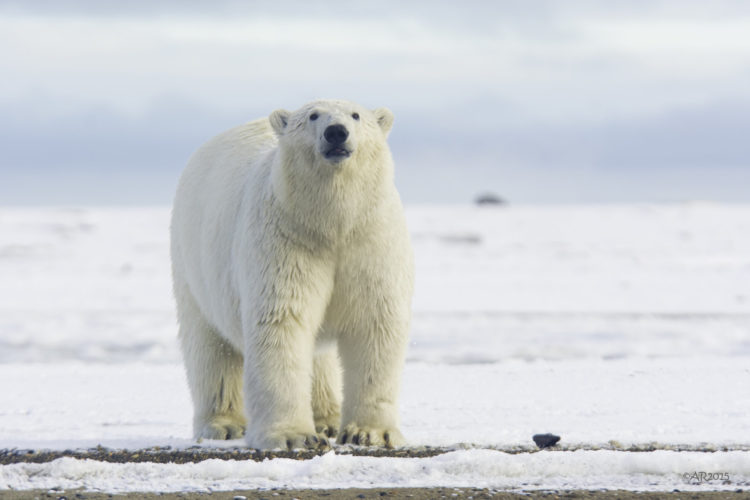
This past year, the six largest banks in the United States all pledged not to finance oil and gas exploration in the Arctic National Wildlife Refuge. The Trump Administration has attempted to rush through oil and gas leasing in the pristine ecosystem despite evidence from its own scientists that seismic testing, road building, and drilling would all have dangerous impacts on polar bears, caribou, and hundreds of migratory bird species that depend on the coastal plain of the refuge.
The National Wildlife Federation has advocated for adequate protections for the refuge since its inception 60 years ago.
Most ambitious salmon restoration effort in history
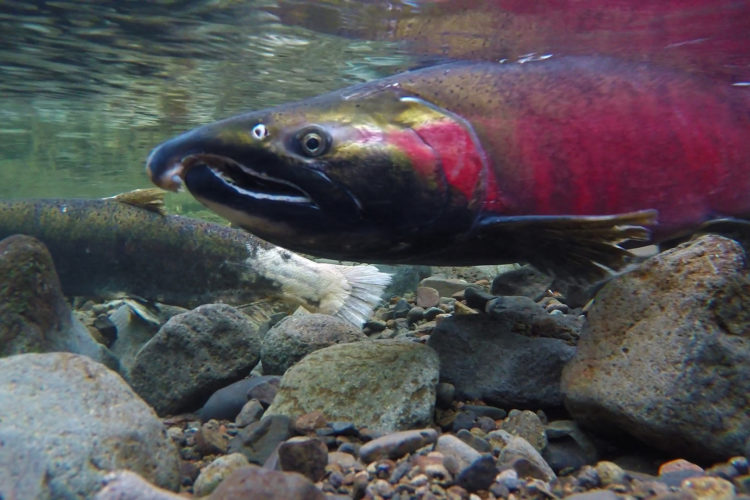
Leaders from the National Wildlife Federation and its affiliates celebrated the collaboration between Oregon and California state agencies, Tribal communities, and an electric power company in announcing an ambitious plan to remove four massive hydroelectric dams on the Klamath River by 2023.
Salmon runs on the river were once the third largest in the nation but have been in significant decline in recent years. Destroying the dams will reverse that trend providing lasting benefits to the Klamath Basin communities, particularly the Karuk and Yuruk tribes.
These are just a few important wins from 2020– and we couldn’t do it without your support. Donate now so we can continue fighting for wildlife in 2021.





















